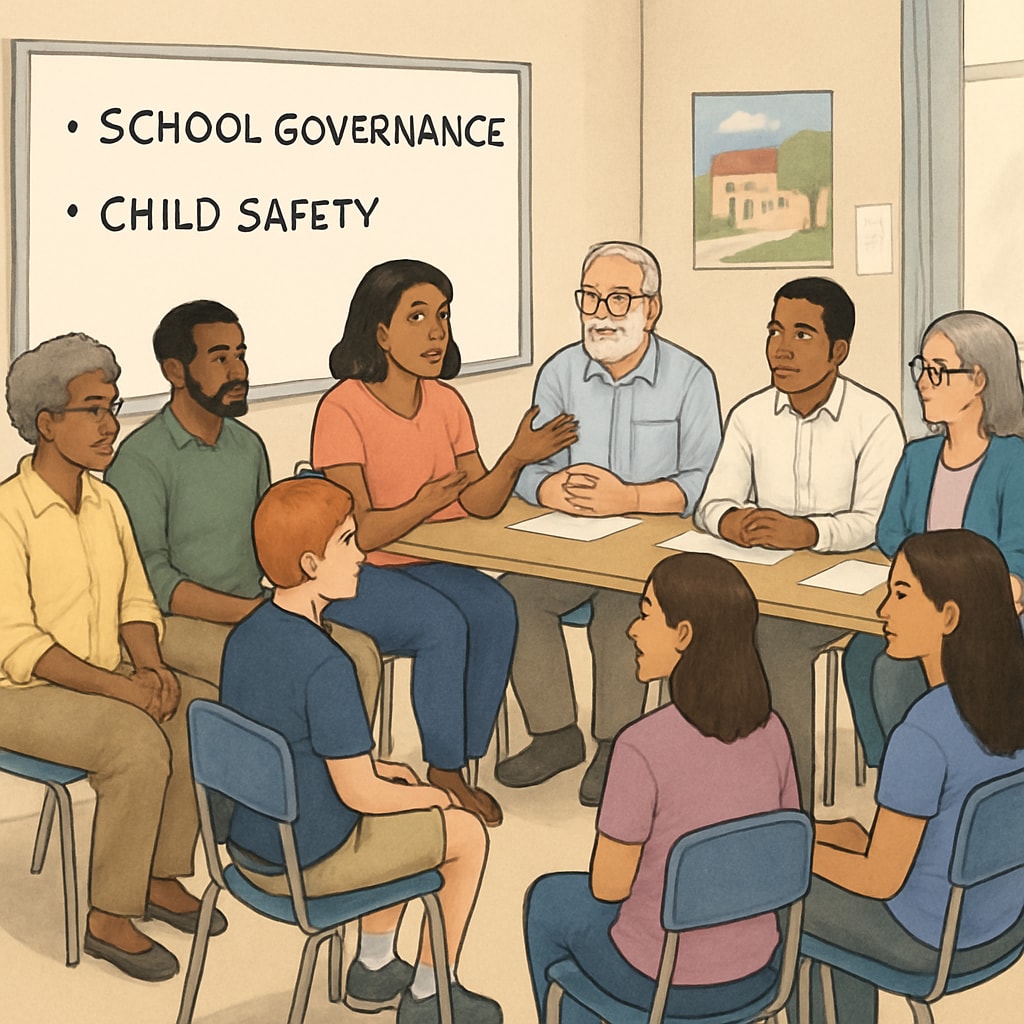When individuals with a history of child abuse are considered for positions on school boards, it sparks serious concerns about the safety of children and the integrity of school governance. This issue challenges communities to balance the need for inclusive governance while prioritizing child protection. Understanding the risks and implementing actionable solutions are critical for ensuring a secure and fair educational environment.

Understanding the Risks: Why Child Safety Matters in School Governance
School boards play a pivotal role in shaping policies, allocating resources, and overseeing educational standards. However, allowing individuals with a history of child abuse into such influential positions poses risks that cannot be ignored. For example, these individuals may have access to sensitive information about students, influence hiring decisions, or create an unsafe environment. As a result, community vigilance is essential.
In addition, the presence of such individuals can erode trust in the school system. Parents, teachers, and students may feel uneasy, potentially leading to reduced community engagement and participation. Addressing these risks proactively is not just a moral obligation but also a legal one in many jurisdictions.
Community Actions to Prevent Risks and Ensure Safety
Communities have the power to safeguard their schools. Here are specific strategies that can be employed:
- Background Checks: Advocate for mandatory background checks for all school board members. This ensures that candidates with a history of child abuse are flagged before they assume positions of power.
- Transparent Elections: Encourage public discussions during school board elections. Communities should ask candidates about their qualifications, history, and commitment to child safety.
- Policy Advocacy: Work with local legislators to implement policies that disqualify individuals with child abuse records from serving on school boards.
- Community Oversight Committees: Establish committees within the community to monitor school governance and ensure accountability.
By taking these steps, communities can create a safer and more transparent school environment for everyone.

Legal and Ethical Considerations in School Governance
While taking action against individuals with child abuse records is crucial, communities must also navigate legal and ethical boundaries. For example, laws governing employment discrimination and rehabilitation may sometimes complicate efforts to prevent these individuals from holding positions on school boards.
However, exceptions can often be made when child safety is at stake. For instance, many jurisdictions allow for stricter scrutiny in roles involving children. Consulting with legal experts and child protection organizations can provide additional clarity and support for community efforts.
Ethically, communities must balance fairness with the overriding need to protect children. While rehabilitation is important, roles involving direct or indirect access to children require the highest levels of scrutiny.
Collaborating with Organizations for Child Protection
Communities do not need to tackle this challenge alone. Numerous organizations specialize in child protection and can offer guidance, resources, and support. For example:
- Child Welfare Information Gateway: Provides resources on child safety and legal frameworks.
- NSPCC: Offers tools and advice for preventing child abuse in educational settings.
Collaborating with such organizations can amplify community efforts and ensure a more robust approach to safeguarding schools.
Conclusion: A Shared Responsibility
Protecting children in educational environments is a shared responsibility among parents, educators, and community members. By addressing the risks associated with school board governance and implementing proactive measures, communities can ensure that schools remain safe and nurturing spaces for learning and growth. When child safety and governance integrity collide, decisive action is not just necessary—it is essential for the well-being of future generations.
Readability guidance: Use concise paragraphs and bulleted lists to summarize key points. Incorporate transition words to improve flow and readability. Ensure the article remains focused on actionable strategies for community empowerment.


